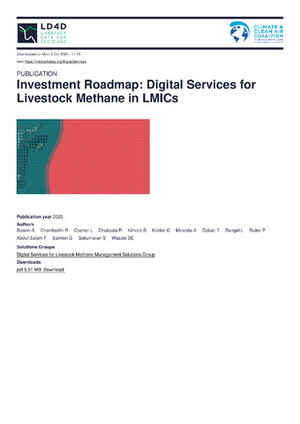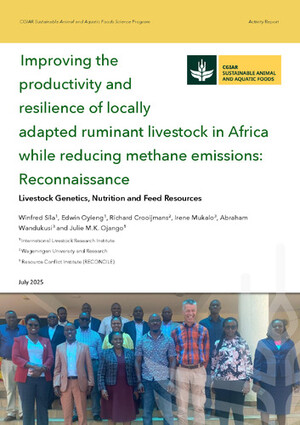
Effective Strategies to Mitigate Methane Emissions by Ruminants
Abstract
Agricultural methane emissions must be decreased by 11 to 30% of the 2010 level by 2030 and by 24 to 47% by 2050 to meet the 1.5 °C target. A meta-analysis identified strategies to decrease product-based (PB; CH4 per unit meat or milk) and absolute (ABS) enteric CH4 emissions while maintaining or increasing animal productivity (AP; weight gain or milk yield). Next, the potential of different adoption rates of one PB or one ABS strategy to contribute to the 1.5°C target was estimated. The database included findings from 430 peer-reviewed studies, which reported 98 mitigation strategies that can be classified into three categories: animal and feed management, diet formulation, and rumen manipulation. A random-effects meta-analysis weighted by inverse variance was carried out. Three PB strategies – namely, increasing feeding level, decreasing grass maturity, and decreasing dietary forage-to-concentrate ratio – decreased CH4 per unit meat or milk by on average 12% and increased AP by a median of 17%. Five ABS strategies – namely CH4 inhibitors, tanniferous forages, electron sinks, oils and fats, and oilseeds – decreased daily methane by on average 21%. Globally, only 100% adoption of the most effective PB and ABS strategies can meet the 1.5 °C target by 2030 but not 2050, because mitigation effects are offset by projected increases in CH4 due to increasing milk and meat demand. Notably, by 2030 and 2050, low- and middle-income countries may not meet their
contribution to the 1.5°C target for this same reason, whereas high-income countries could meet their contributions due to only a minor projected increase in enteric CH4 emissions.
Citation
Arndt, C. 2023. Effective Strategies to Mitigate Methane Emissions by Ruminants. Presented at the World Association for Animal production (WAAP) and Interbull Workshop, Lyon, 26 August- 1 September 2023. Nairobi, Kenya: ILRI.









